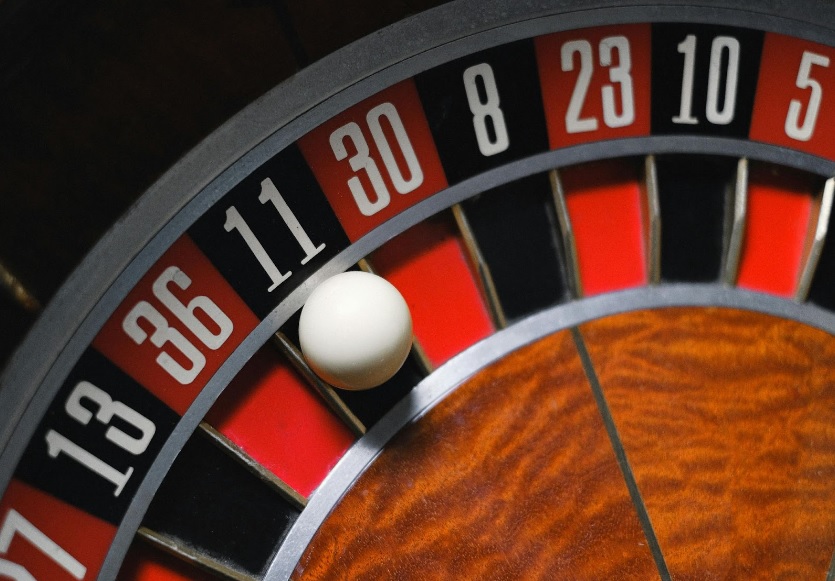Cards and Strategy: The Thrill of Blackjack and Winning Tactics

Source: Anna Shvets
Blackjack, a captivating blend of luck and strategy, continues to enthrall both novice and seasoned card players. This classic casino game revolves around beating the dealer’s hand without exceeding the value of 21. The strategic depth comes from making informed decisions on whether to hit, stand, or double down, and mastering these choices can significantly reduce the house edge. The key to success in blackjack lies in understanding and applying a solid strategy based on your cards and the dealer’s upcard.
A comprehensive understanding of basic blackjack strategy is essential. The strategy involves making decisions that statistically improve your chances against the dealer. For example, if you have a pair of eights, the best move is to split them, regardless of the dealer’s upcard, as this decision optimizes your odds of winning. Gamblers can reference various strategy charts to guide their decisions and help manage their bets more effectively, thus bringing the house edge as low as 0.5%.
Online casinos have made blackjack more accessible to a broader audience, offering players the chance to practice and refine their skills from the comfort of their homes. Platforms like Amunra provide an immersive experience with numerous variations of the game, interactive features, and promotions that keep players engaged. This transition to digital play has allowed more people to explore the intricacies of blackjack and hone their strategies at their own pace.
The Fundamentals of Blackjack
Blackjack, a popular casino game, requires understanding specific rules and strategies. Key elements include card values, game objectives, and player choices such as hitting, standing, doubling down, and splitting.
Card Values and Basic Rules
In blackjack, card values are straightforward. Numbered cards (2-10) are worth their face value. Face cards (Jack, Queen, King) each count as ten points. The Ace is versatile, valued at either one or eleven points, depending on the player’s hand.
The game begins with each player receiving two cards, as does the dealer. One of the dealer’s cards is face-up for players to see, while the second remains hidden. Players aim to achieve a hand value as close to 21 as possible without exceeding it. Going over 21, known as “busting,” results in an automatic loss for the player.
The Objective of the Game
The primary objective in blackjack is to have a hand value higher than the dealer’s without exceeding 21. If the dealer busts, any remaining players win automatically. Understanding the dealer’s rules is crucial; the dealer must hit until reaching a hand value of at least 17.
A natural blackjack, achieved with an Ace and a 10-point card, is the strongest hand and typically results in an automatic win, often with an advantageous payout. Basic strategy charts can be invaluable in assisting players to navigate the game’s complexities and improve their chances of winning.
Player Choices: Hit, Stand, Double Down, and Split
Hit: Requesting an additional card to improve your hand’s value. Players should be cautious as hitting increases the risk of busting.
Stand: Opting to keep the current hand value. This choice is often used when the player’s hand value is satisfactory, minimizing the risk of busting and putting pressure on the dealer.
Double Down: After receiving the initial two cards, players can choose to double their original bet and receive exactly one more card. This is a strategic move usually recommended when the player’s hand totals 10 or 11, and the dealer’s upcard is weak.
Split: When dealt a pair, players can split their hand into two separate hands, each receiving an additional card. A second bet equal to the original is placed on the new hand. Players should refer to blackjack strategy charts for optimal split decisions, available from resources like Blackjack Strategy Guide.
Developing Winning Strategies
Understanding various aspects of blackjack is crucial in developing winning strategies. These range from mastering basic strategies to advanced techniques that include card counting and effective bankroll management.
Basic Strategy: The Foundation
The cornerstone of any successful blackjack player begins with knowing the basic strategy. This involves understanding the optimal play for every possible hand the player can receive against every possible card the dealer can show. Key elements include when to hit, stand, double down, or split pairs. For instance, always split Aces and 8s but never split 10s or 5s.
A fundamental aspect is knowing when to hit or stand. For example, hitting on a hard 12 if the dealer’s face-up card is 2 or 3, but standing if the card is between 4 and 6. Additionally, doubling down can significantly improve odds, especially with hands totaling 11 against a dealer’s lower card. Effective use of these strategies can lower the house edge and increase the player’s chances of winning.
Card Counting and Odds
Card counting is a more advanced technique utilized by many experienced players. By keeping track of the high and low cards dealt, players can estimate the proportion of high to low cards left in the deck. Higher proportions of high cards (10s, face cards, and Aces) can favor the player, whereas a deck rich in low cards favors the dealer.
There are several card counting systems, ranging from simple to complex. The Hi-Lo system is one of the most commonly used, assigning +1 to cards 2-6, 0 to cards 7-9, and -1 to 10s and Aces.
Bankroll Management
Another critical aspect is bankroll management, which ensures players can sustain losses without going bankrupt. This involves setting a budget, determining bet sizes, and knowing when to walk away. Adequate bankroll management allows players to endure the natural swings of blackjack without depleting their funds quickly.
A common rule is to have at least 20 times the minimum bet to withstand losing streaks. For example, if the minimum bet is $5, a player should have a bankroll of at least $100. Players should also set a win goal and a loss limit. Stopping at a predetermined profit point can secure winnings, while a loss limit prevents excessive losses. These practices extend the playing time and provide a more enjoyable experience.
Advanced Techniques and Tips
For those looking to take their game to the next level, advanced strategies can offer an added edge. Surrendering is an often overlooked strategy where players can forfeit their hand and lose only half their bet if they deem their chances of winning are low. This is usually done when holding a hard 16 against a dealer’s 10.
Another advanced tip is to look for tables that offer favorable rules, such as allowing resplitting of Aces or doubling down after splitting. Understanding and utilizing these rule variations can slightly tilt the odds in the player’s favor.
Players should also be aware of the importance of positioning at the table. Sitting at either end can offer clearer views of cards dealt, which can be helpful in card counting. Finally, maintaining a calm and composed demeanor is crucial. Advanced players know the importance of staying focused and not letting emotions dictate their decisions.
Through mastering these techniques, players can significantly enhance their gameplay and increase their chances of success in blackjack.



